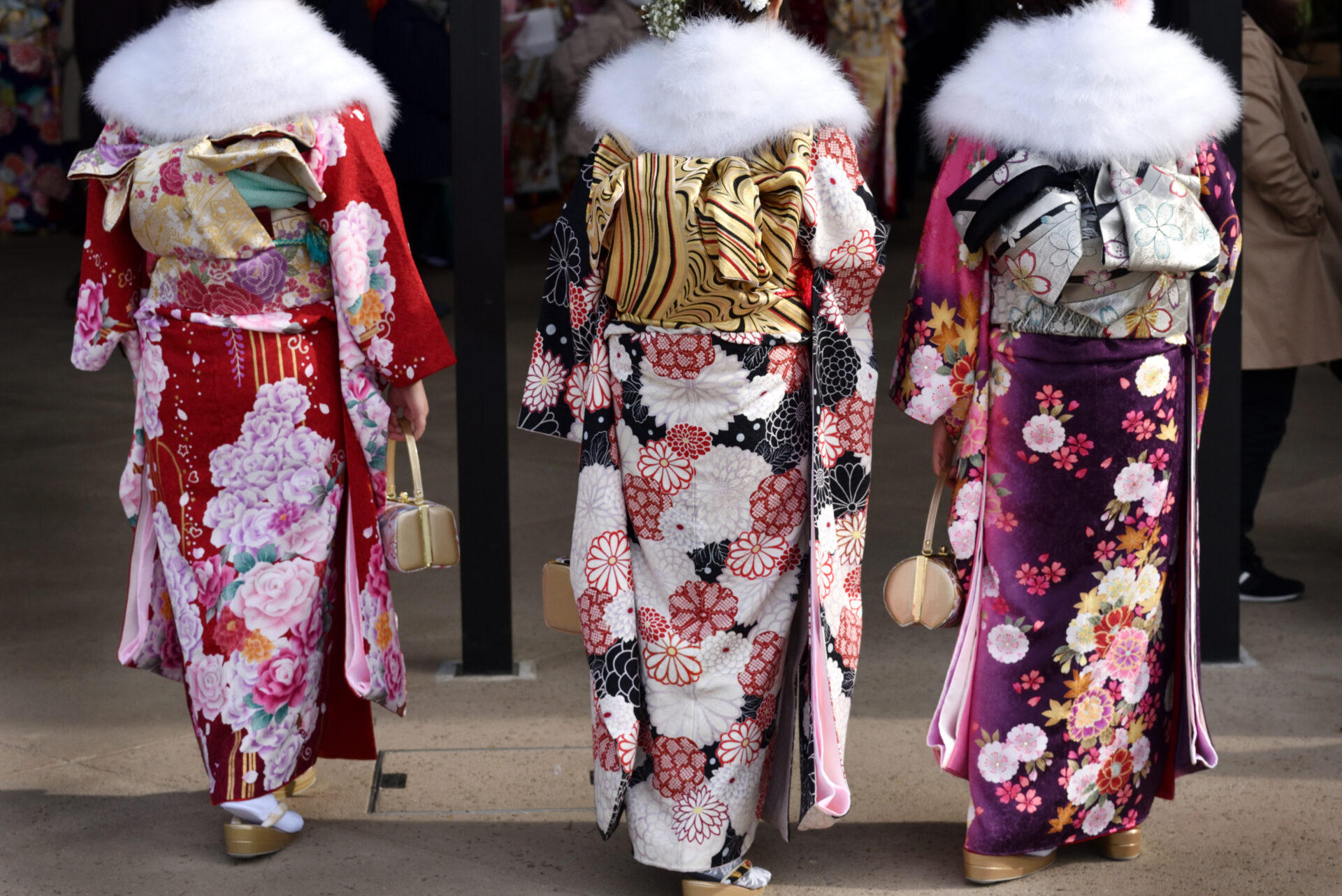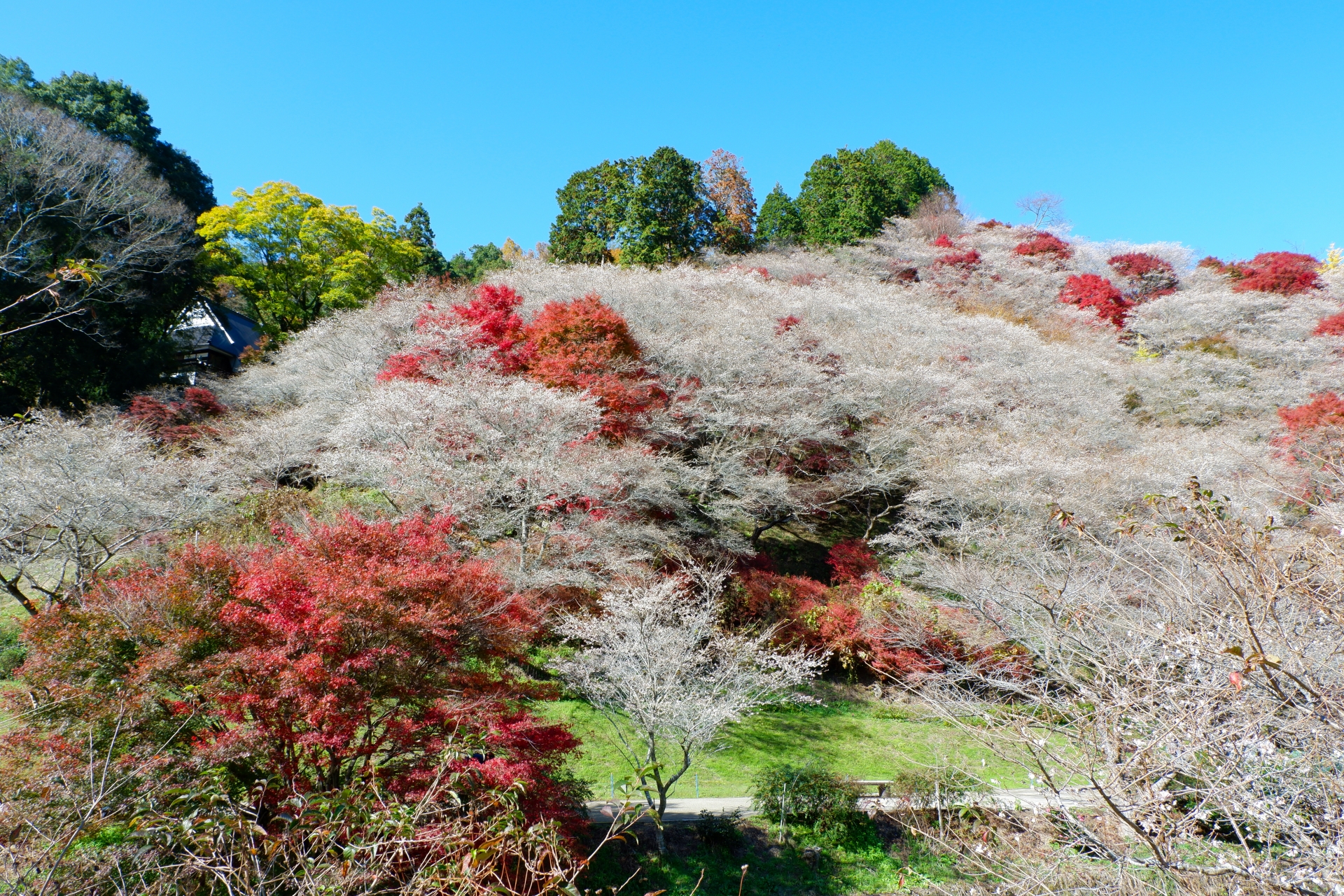Japan truly has multiple faces; there is a modern side, you can get lost in scenic remote areas, and there is also a traditional face. Many people think of Kyoto first when they think of a traditional area in Japan. And it is no wonder that Kyoto often makes it to the top 10 lists of ‘most beautiful cities in the world’, as it genuinely is a breathtakingly beautiful destination. But some of the most popular areas in Kyoto get many visitors, so where should you go if you are looking for a more quiet experience of traditional Japan? Luckily, there are many picturesque traditional villages in Japan besides Kyoto. Let us share some of our favorites with you!
Aizu-Wakamatsu and Ouchi-juku
Situated in Honshu’s northeast, Aizu-Wakamatsu (会津若松) is the region’s most famous samurai city. Being the former castle town of the once-powerful Aizu domain, there are still many places that show the legacies that go back to before the Edo Period. Because Aizu was an important city back in the day, it needed good connections with Nikko, which was a gateway to Edo. A trade route called Aizu-nishi Kaido was set up, and that road was dotted with post towns. Some of the Edo period post towns still exist today, and Ouchi-juku (大内宿) is one of them. Located at a 40-minute drive from Aizu-Wakamatsu, Ouchi-juku is a nice spot to visit on the same day. The tiny town has been restored to its former glory, and walking around here will make you feel like you went back in time.
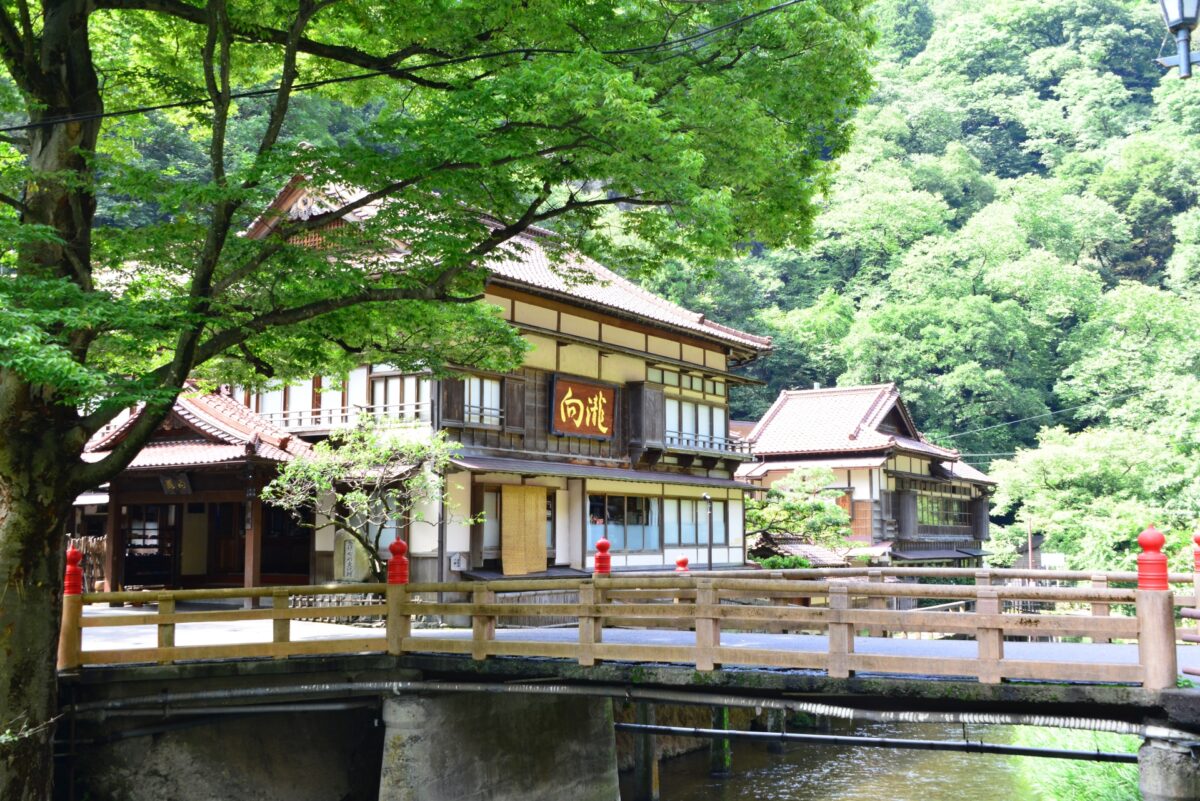
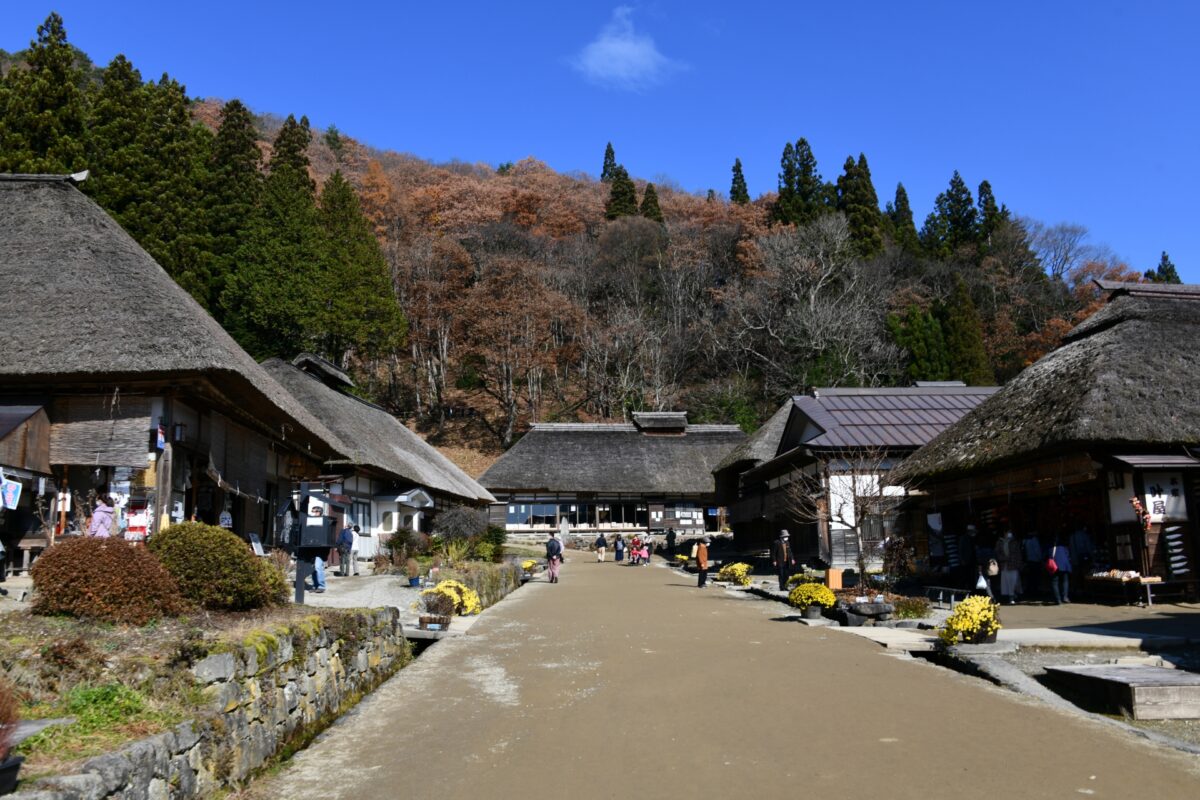
Recommended: Tohoku 7 Days Itinerary
Shirakawago and Hida Takayama
Hida Takayama (飛騨高山) is a small mountain town with a well-preserved town center that takes you right back to the old days with its charming wooden buildings. The Historical Government House that you can see from inside and the old sake breweries are of special interest. Most people who visit Hida Takayama also go to Shirakawago (白川郷) about 45 minutes away. This very picturesque town is famous for the thatched roofs that are especially beautiful in the wintertime. If you travel here in January or February, they do illumination events on selected evenings that make the village look even more like a Christmas card. But the area is also worth a visit throughout the rest of the year, as you can enter some of the houses and learn more about the traditional way of life during your visit.
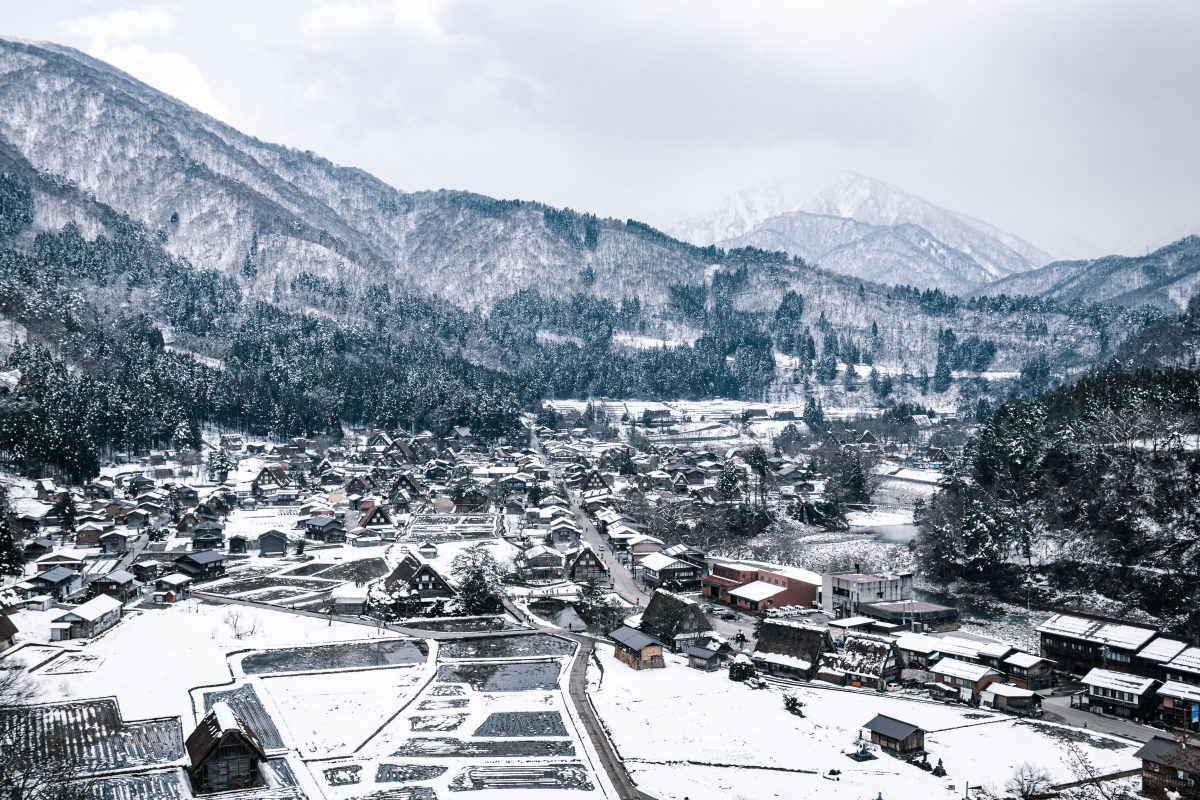
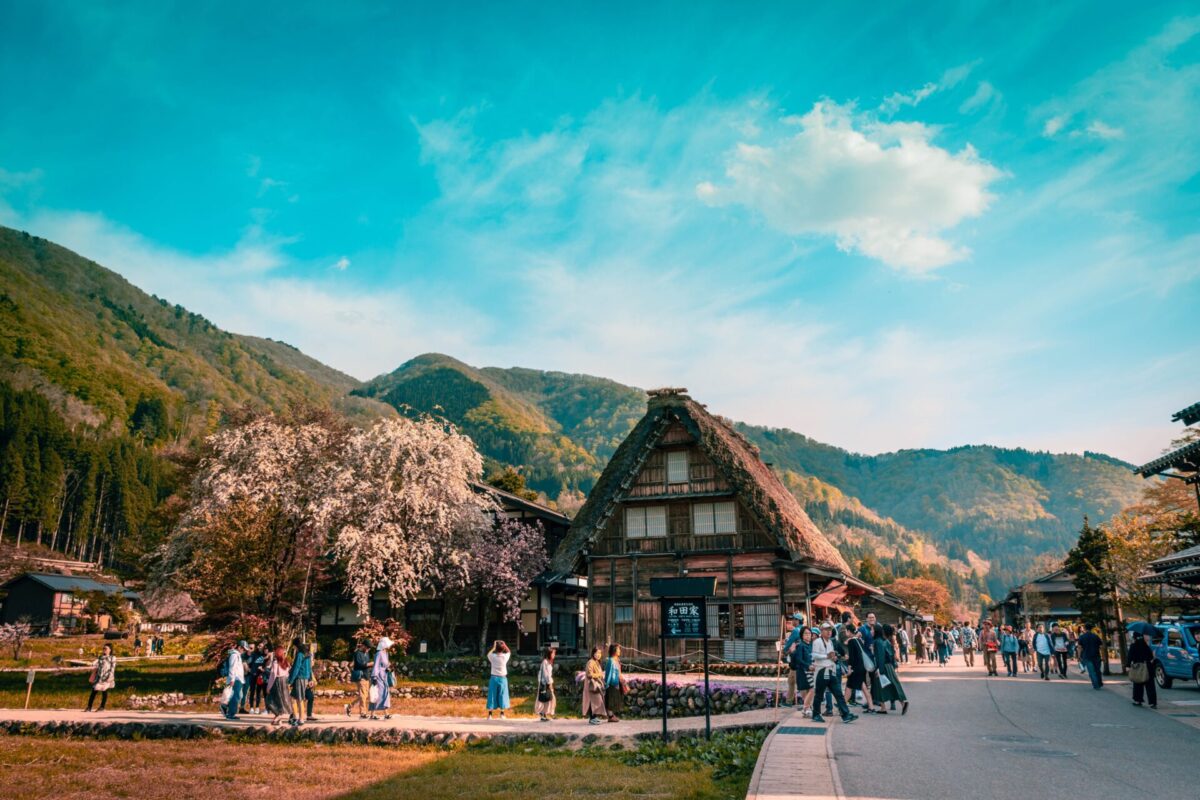
Kayabuki no Sato
Located deep in the countryside north of Kyoto, Kayabuki no Sato (かやぶきの里) is a real hidden gem. This thatched-roof hamlet is also decidedly less touristy than the more famous Shirakawago, but for some, this will only add to the charm. You can’t enter most of the fairytale-like houses as people live here, but there are some restaurants, shops, and 2 small museums that cater to visitors, and there are a few bed & breakfasts and ryokans in the homes. As for timing, if you are really lucky your visit coincides with one of the 2 days per year (in May and December) that they test their sprinkler system making the place look like a water ballet. Another cool festival is happening between late January and early February, which is when they light up the snowy village with lanterns at night.
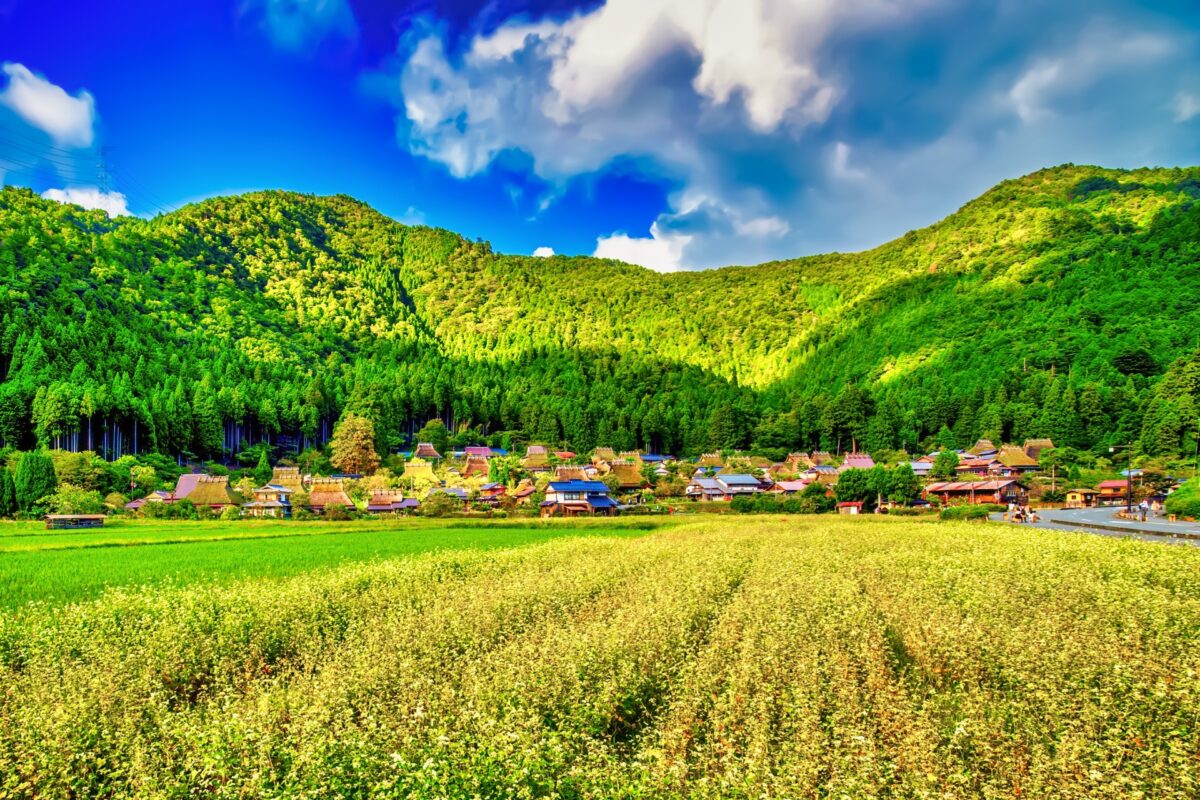
Kurashiki
Another very scenic town that is overlooked by the masses is near Okayama, which is located between Osaka and Hiroshima. If you are visiting Hiroshima, we definitely recommend you to get off the train in Okayama and visit Kurashiki (倉敷) before you continue on your way. Also known as the ‘Venice of Japan’, Kurashiki boasts many narrow canals on which you can take a (very affordable) tour with a gondola. Beautiful old storehouses line the canal sides, and after the boat tour, you can enjoy walking around the streets and visit the many little shops and museums in the area.
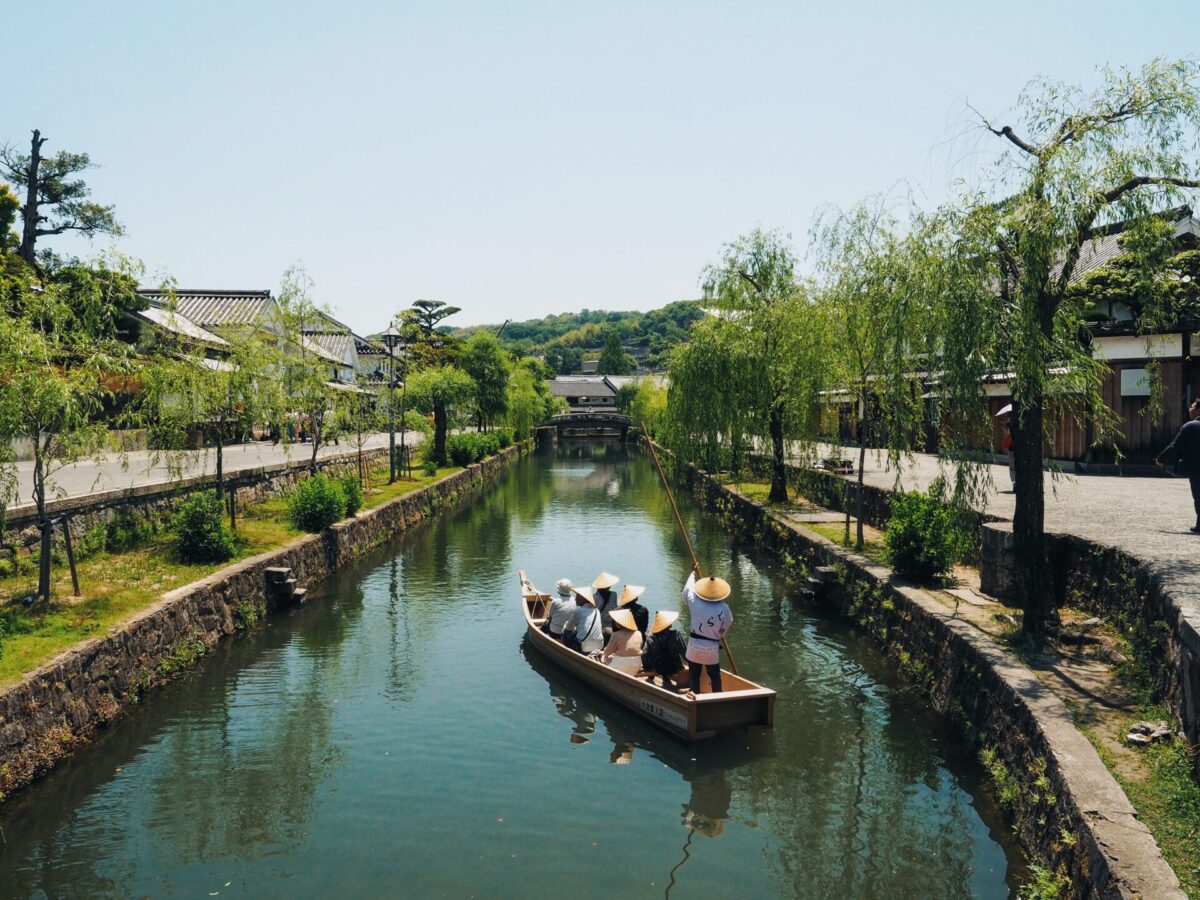
Sawara in Chiba
Not so far from Narita Airport you can find an old merchant town named Sawara (佐原) that dates back to the Edo Period when rice shipments were often done by way of water. The canals that cross Sawara haven’t changed in 200 years, and many of the merchant’s homes and old warehouses are still there, giving the town a decidedly throw-back atmosphere. In the historical district you can enjoy the typical Edo townscape with beautiful bridges including a ‘waterfall bridge’ that features flowing water a few times per day. As a bonus, the Suigo-Tsukuba park nearby boasts over a million irises, making it a very pretty place to visit around May/June.

Kawagoe
Only a 30-minute train ride away from Tokyo’s Ikebukuro, you can take a trip back in time in Kawagoe(川越), which is very aptly nicknamed ‘Little Edo’. Because Kawagoe had an important role in trade and defense for Edo (now Tokyo), the town’s culture and architecture became heavily influenced by Edo. Kawagoe’s warehouse district, Candy Alley, and Kitain temple are especially worth a visit. It is a great half-day trip from Tokyo, and if you happen to be here in July or August you should look out for the fun summer festival that includes a great fireworks display.
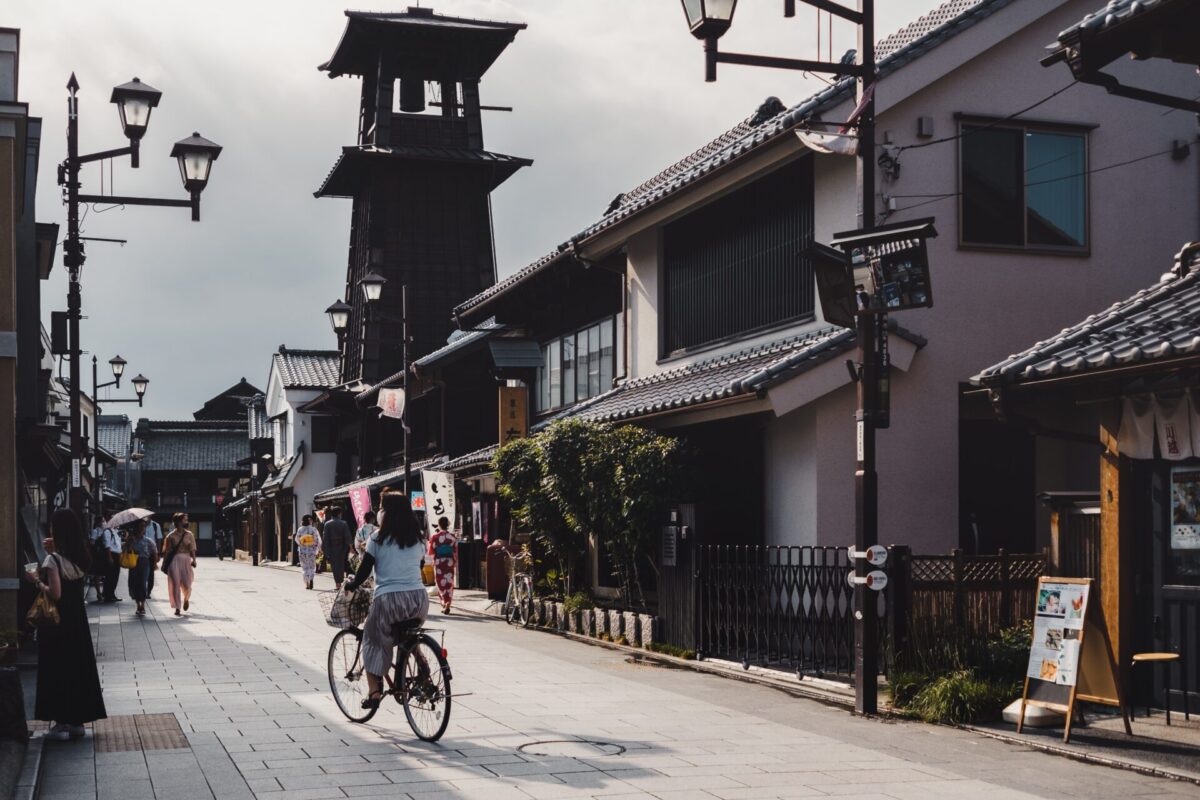
Tsumago and Magome in the Kiso Valley
Do you want to take a trip to an unspoiled natural area in Japan and see traditional sights at the same time? The Kiso Valley might have exactly what you are looking for. Having enjoyed popularity among local tourists for a long time, international tourists had only just been discovering the charming post towns of Tsumago (妻籠) and Magome (馬籠) during the last years. You can walk between the two towns on 8 kilometers of the Nakasendo trail through forests and countryside at a leisurely pace, and both well-preserved towns have interesting attractions to offer like tiny museums that are housed in original townhouses. While Magome was preserved in a way that made the village even more visually attractive than it already was, Tsumago is more authentic in the way it was conserved.
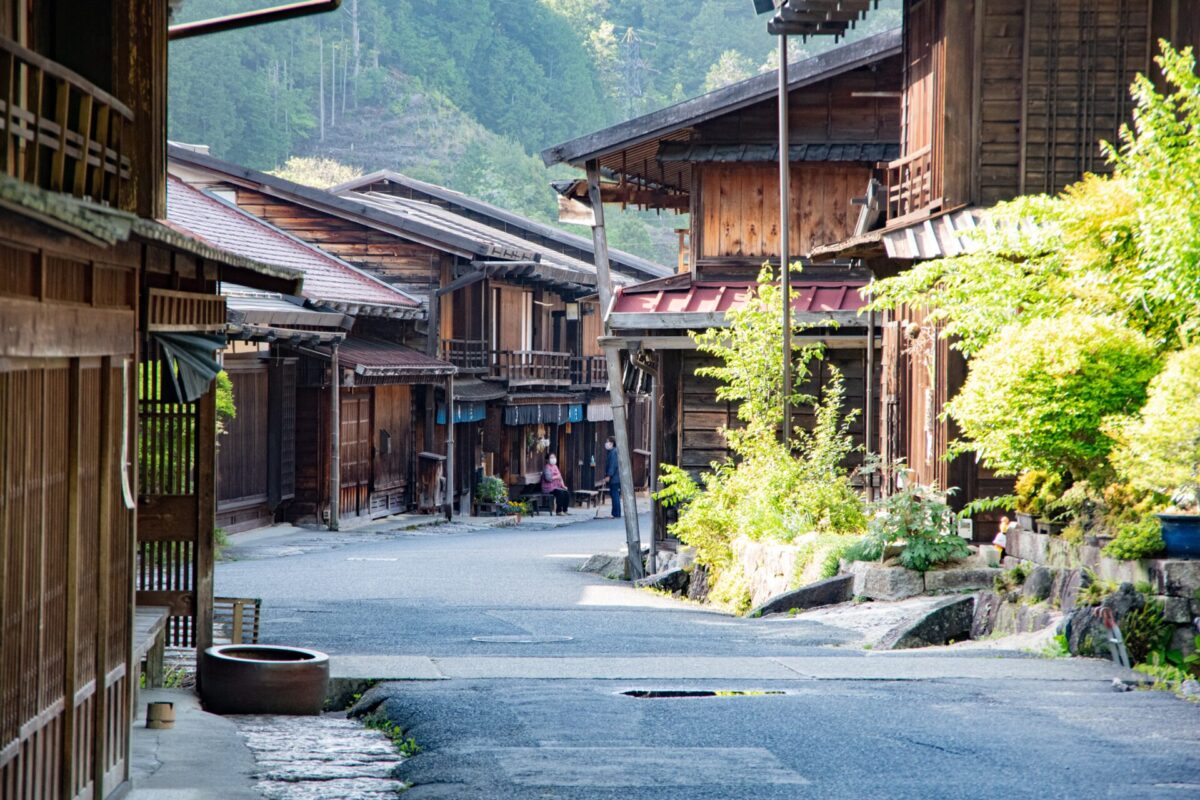
Narai in Nagano
Also situated on the Nakasendo road just like Magome and Tsumago is Narai (奈良井). Tucked away on the other side of the Kiso mountains, Narai is usually accessed from Matsumoto. Narai used to be the place to rest before or after a challenging hike through the Torii mountain pass. The preserved section is around 1 kilometer long and there are several attractions along the way, among them an Edo period townhouse, a wooden bridge that’s illuminated on late spring and summer nights, several temples and shrines, and original water wells that were already used by travelers who were walking the Nakasendo back in the day. You can also find various small shops that sell artisanal products like lacquerware, woodwork, sake, and local foods.

Yokaichi Old Town in Ehime
Japan’s 4th largest island Shikoku is mainly known for the 88 temple pilgrimage among international tourists, but there is much more to be experienced on this less frequented island. In Uchiko (Ehime), you can find the Yokaichi Gokoku Preservation District which used to be a blooming artisan town in the 18th century when industries started to bloom in Japan. Silk, wax, and paper were produced here, giving a boost to the local economy that can still be seen in the beautiful old residences that have been well preserved from their glory days. Some buildings are open to the public such as merchants’ homes, a theater, and small museums. There are also many small shops and cafes, so you can easily spend half a day browsing this pretty town.
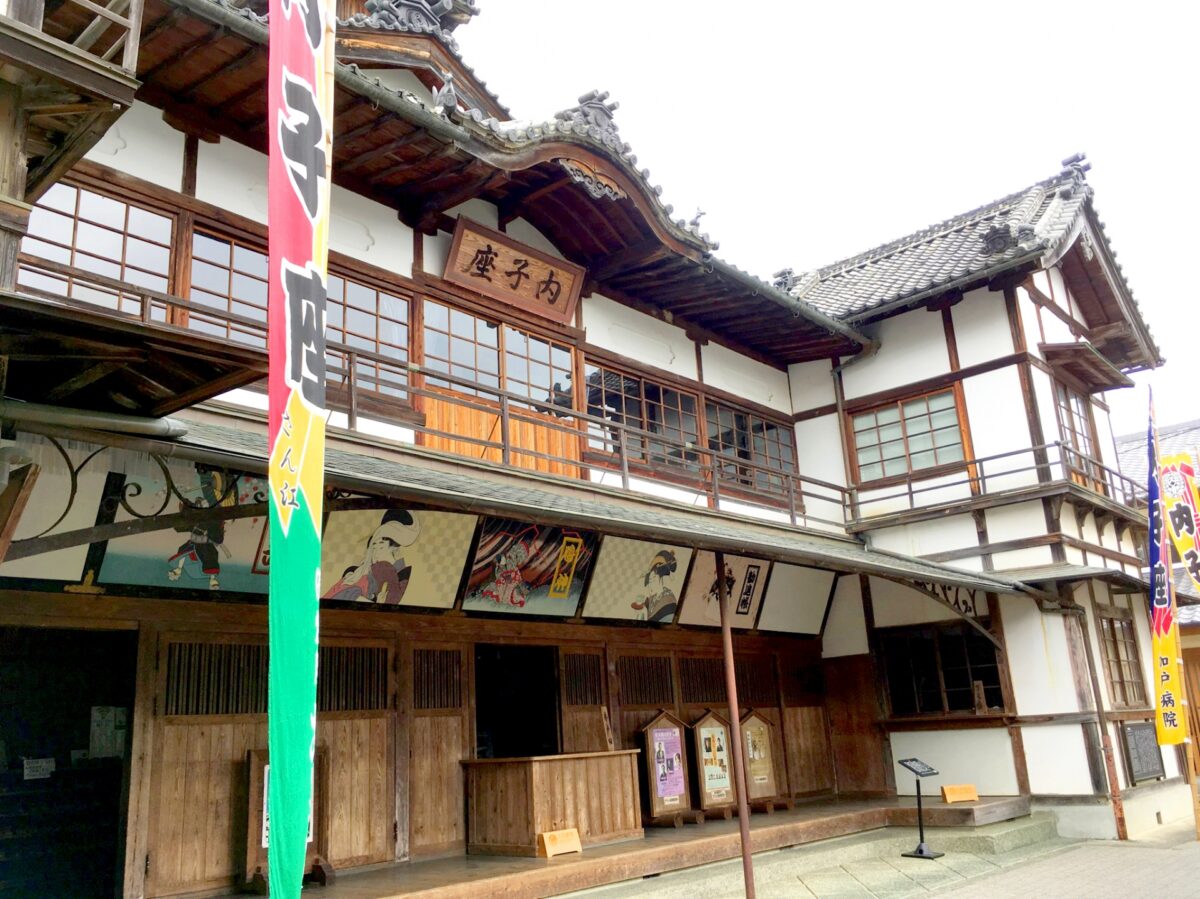

Discovering Japan’s Traditional Side on your Trip
Besides visiting traditional off-the-beaten-path villages, another great way to discover the traditional face of Japan is to plan a day with a local private guide. They can show you the famous places as well as the more hidden gems in their city, and they can tell you all about the illustrious histories that are attached to the places. This way, an area truly comes to life and you will truly enrich your holiday. We organize private tours with experienced guides in many cities in Japan, and if you want to do a tour in a more traditional area we can recommend our tours in Nikko, Kanazawa, Nara, Kamakura, and Narita. Of course, we also offer tours in traditional Kyoto, where we especially recommend our customizable 8-hour tour.
Follow us on Instagram, Facebook and Twitter for more travel inspiration. Or tag us to get featured!
Happy travelling!
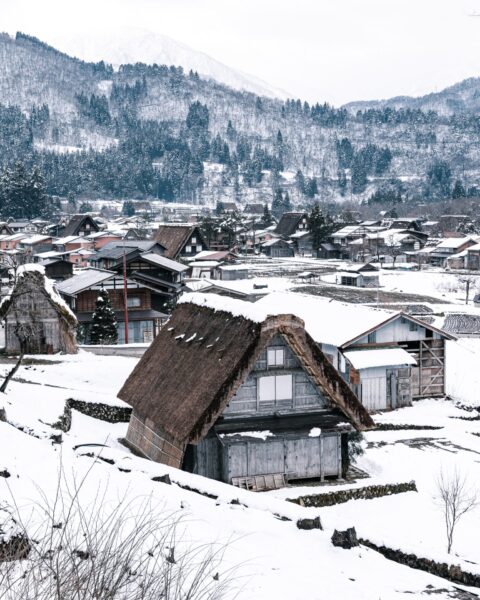
Other articles you might like

Stefanie Akkerman moved from the Netherlands to Japan in 2013 with her Japanese husband and son. She jumped into the niche of Dutch tour guiding in Tokyo and Kamakura in 2015 and occasionally writes articles about all the great sights and activities Japan has to offer. She loves (Japanese) food, and to work that all off she goes diving, snorkeling, cycling, or hiking.
This post may contain some affiliate links. When you click through and make a purchase we may receive some commission, at no extra costs to you.



